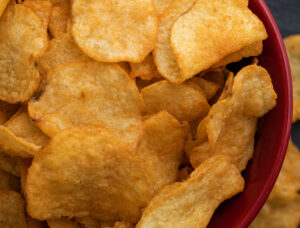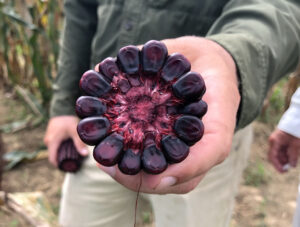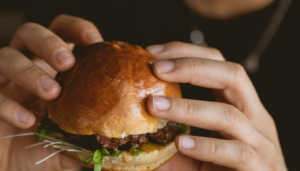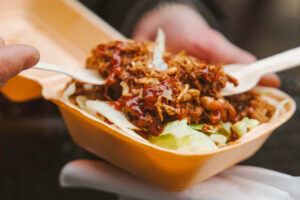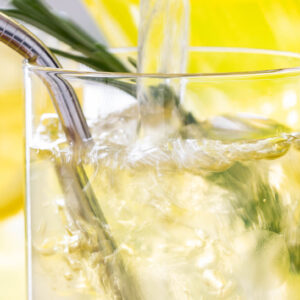Class I Caramel Innovations
Caramel colors are used to color just about every kind of food product. And while you might think “brown is brown, why does it matter which class of caramel I use?” the technical properties vary widely between the three main classes – I, III, and IV.
Historically, class III, and IV caramels have demonstrated the best stability, cost-in-use, and darkest shades, but the trend toward minimal processing and simpler labels has created more interest in transitioning to class I caramel color. That’s why recent innovations have focused on closing the gap between simplicity, darkness, and stability.
What does Success look like?
Success in application means good solubility, no turbidity, vibrancy throughout the shelf life of the product, the right shade, and a reasonable use-cost. Products like bread and candies are fairly straight forward to color because issues like sedimentation and hazing don’t occur once the product is manufactured. But products like soy sauce and colas, on the other hand, require special consideration when choosing the right caramel due aspects such as high salt content or pH.
The challenge with using class I caramel color in these applications has generally been use rate, shade, and stability differences in application. Below we’ll talk about some of the solutions we’ve developed to overcome some of these common hurdles.
Achieving Success with Class I’s
Use Rate & Darkness
Because class III and IV caramels can be very dark in color and require low usage rates, it can be difficult to switch to class I’s that often require double or triple the use rate, which is why – to make it easier for companies who don’t have that kind of room in their formulations, we developed specialty dark class I caramel. Using an innovative cooking method, we were able to create a simple class I caramel that has a color intensity similar to a class III or single-strength class IV caramel. This means that companies can achieve similar shades at similar use rates using a class I, as can be seen in the image below.
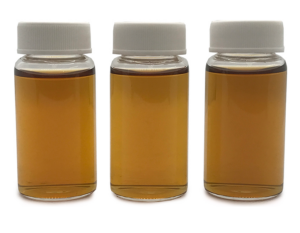
Shade
As you can see in the image below, standard class I caramels (left) tend to have a yellow tone to them, while many class III colors have more of a red tone to them (center). Because of this hue difference it can be difficult to find a class I that can match the shade when switching to simpler options. To overcome the hue hurdle, we created a class I caramel called Flex that can better bridge this gap (right), making it now possible to use class I caramels in applications like sauces where class IIIs are often favored.
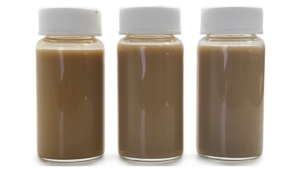
Stability
Class IV caramels are generally the best options for sodas because they are incredibly stable at the low pH level of a concentrate (1.5-2.0). Class I caramels, on the other hand, are typically only stable above a pH of around 2.8. But because many soda companies are looking for simple label browns, we formulated our Flex caramel to be more acid stable, giving it the potential to be used in acidic soft drink applications. While a higher dose level is required to hit a similar shade to the class IV, it is a more acid stable option than other class I’s available.
Salt stability is another challenge for class I caramels. Soy sauce and bouillon cubes, for example, can contain upwards of 20% salt. Class III offers the best salt stability of any of the caramels, making it the ideal choice since caramels that are not salt-stable will form a haze in in the sauce and precipitate out. But salt stable class I options can also be as an option for those companies whose consumers are looking for simple labels. Our class I Flex performs well in up to 10% salt solution, and our 552 (seen in the image below) performs well in up to 20% salt solution with no hazing or precipitation.
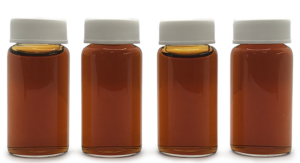
Continuing Innovation
While innovations in processing and formulation have narrowed the capability gaps between the classes, challenges remain. The higher costs to replace class III and IV caramels remains a challenge for some customers, while flavor impact and viscosity remain hurdles for others.
But don’t fear – there are ways to overcome many of these challenges. Since there are many properties to consider when switching classes of caramels, the best way to find the right class I for your application is to work directly with our application scientists who are experts in dialing in on the right solution for your product. Contact us to get started on your project.

